Between 1626 and 1631, Bamberg, Germany witnessed one of the deadliest witch trials in European history. Over 1,000 alleged witches were executed during this period, fueled by fear, religious fanaticism, and political instability. The trials were characterized by the routine use of torture to extract confessions. Today, Bamberg grapples with this tragic chapter, memorializing victims and engaging in ongoing research and dialogue to understand the social and political forces that drove the persecution. What led to this dark period, and how is the city coming to terms with its haunting legacy?
Key Points
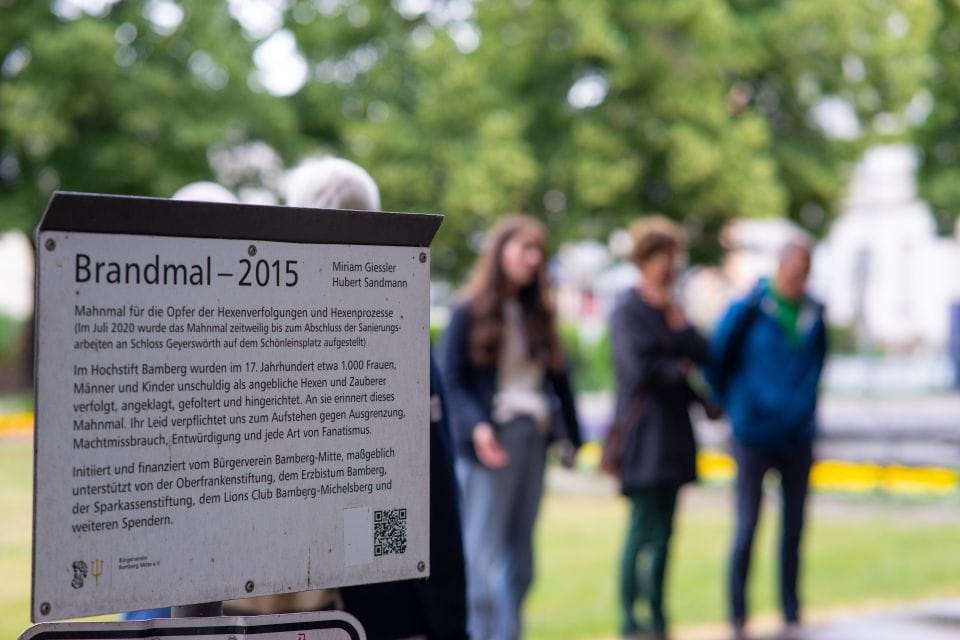
- Bamberg experienced a series of deadly witch trials between 1626-1631, resulting in the execution of over 1,000 alleged witches.
- The trials were fueled by fear, religious fanaticism, and political instability, with torture used to extract confessions.
- Bamberg’s dark history continues to cast a long shadow over the city, with efforts to acknowledge victims and prevent recurrence.
- Architectural details and inscriptions in Bamberg’s historic streets serve as reminders of the persecution faced by the accused.
- Continued research, education, and dialogue aim to unravel the complex social, political, and religious factors that drove the witch hunt.
Bamberg’s Tumultuous Witch Trials
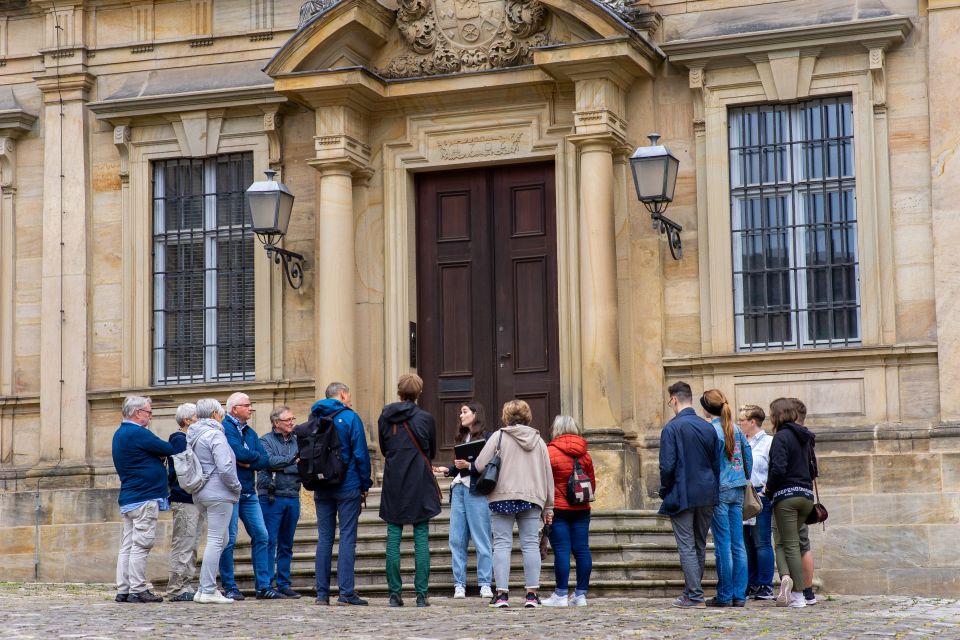
Between 1626 and 1631, Bamberg experienced a series of tumultuous witch trials that resulted in the execution of over 1,000 alleged witches, making it one of the deadliest witch-hunting grounds in Europe during that period.
The trials were fueled by a climate of fear, religious fanaticism, and political instability. Torture was routinely used to extract confessions, and the accused were often condemned based on flimsy evidence.
The trials devastated the local population and left a lasting mark on the city’s history. Today, Bamberg grapples with this dark chapter, striving to educate the public and promote understanding of the tragic events that unfolded centuries ago.
You can also read our reviews of more tours and experiences in Bamberg.
Uncovering the Dark History
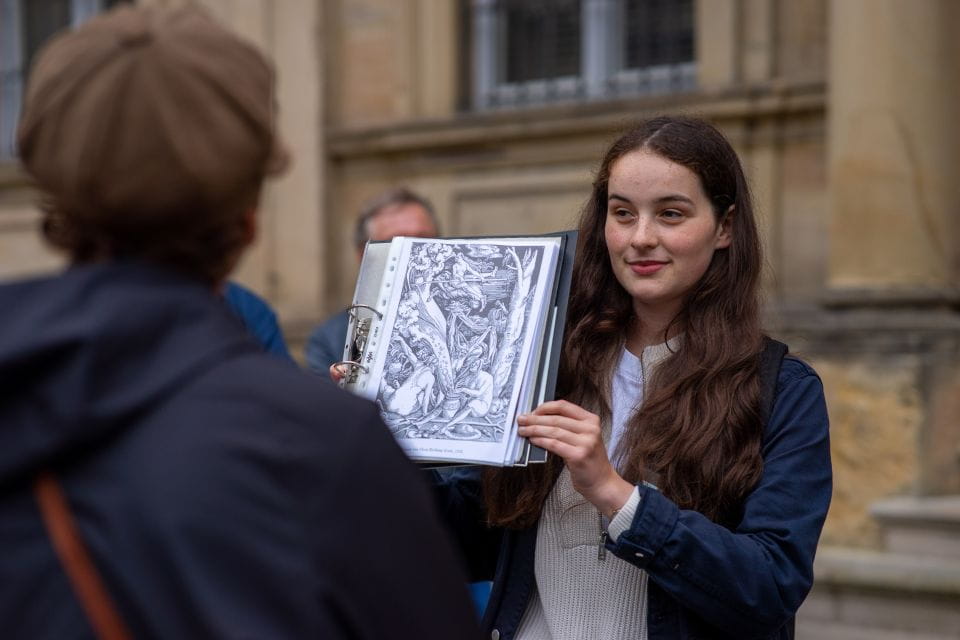
Despite the passage of centuries, the dark history of Bamberg’s witch trials continues to cast a long shadow over the city, prompting ongoing efforts to uncover and grapple with this tragic chapter.
The trials, which took place between 1626 and 1631, resulted in the execution of over 1,000 people accused of witchcraft, making it one of the worst witch hunts in European history.
Today, Bamberg’s residents and historians are working to shed light on this dark period, recognizing the need to:
- Acknowledge the victims and their suffering
- Understand the social and political forces that fueled the trials
- Educate the public about this history and its lasting impact
- Ensure such atrocities are never repeated.
Exploring Bamberg’s Old Alleys
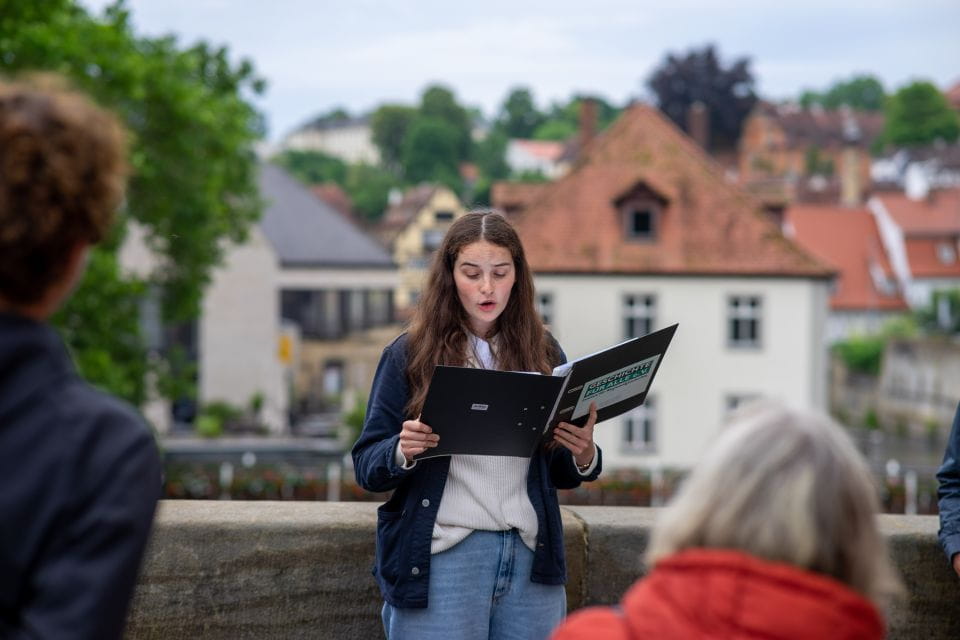
Strolling through Bamberg’s old alleys, visitors can discover hidden clues and remnants that allude to the city’s tragic past. The winding cobblestone streets and charming half-timbered houses conceal a dark history of witch trials that gripped the region centuries ago.
As travelers navigate these atmospheric pathways, they may spot subtle architectural details or inscriptions that serve as reminders of the persecution faced by those accused of witchcraft. The tour guide brings these haunting stories to life, illuminating how the city has grappled with this difficult legacy and worked to preserve its historic character.
Exploring Bamberg’s old alleys offers a poignant glimpse into a complex and often overlooked chapter of the city’s past.
Unraveling the Witch Hunt
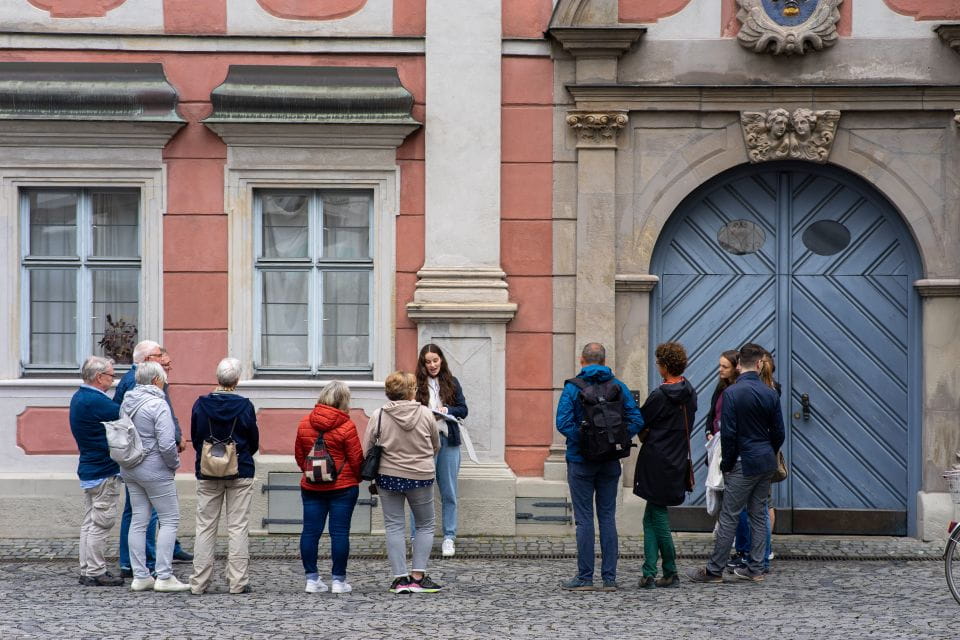
The tour then turns to the disturbing history of the witch hunts that engulfed Bamberg, as the guide delves into the city’s dark past and the trials that devastated its population. From 1626 to 1631, over 600 people, mostly women, were accused of witchcraft and executed.
The guide explains the social, political, and religious factors that fueled the hysteria, including power struggles, religious tensions, and the influence of the Catholic Church.
Visitors learn about the hidden clues and remnants of this dark chapter, gaining a deeper understanding of how Bamberg has grappled with this legacy:
- Memorials and plaques honoring the victims
- Continued research and dialogue around the trials
- Efforts to educate the public and prevent similar tragedies
- Ongoing discussions about the city’s responsibility and healing
Discovering Hidden Clues
As the tour winds through Bamberg’s historic alleys, the guide points out hidden clues that shed light on the city’s haunting witch trial legacy. Visitors learn to spot subtle details etched into the architecture, uncovering reminders of the persecution that once gripped this community.
A carved wooden door, for instance, features a mysterious symbol that may have marked a suspected witch’s home. Elsewhere, a discreet plaque commemorates the victims, their names and fates captured in somber remembrance.
Even the cobblestones beneath their feet hold significance, as some were once used in the construction of the gallows. By deciphering these obscure historical breadcrumbs, the tour unveils a darker chapter that shaped Bamberg’s past.
- Bamberg Countryside Breweries Beer Hike Food Experience (departs Bamberg)
- Bamberg Private Walking Tour With A Professional Guide
- Bamberg: Guided Walking Tour
- Bamberg: Guided Beer History Tour With Optional Tasting
- Bamberg: Guided Historical Culinary Tour
- Bayreuth Scavenger Hunt and Sights Self-Guided Tour
Guided Tour Highlights
A knowledgeable guide leads visitors through Bamberg’s historical landmarks, unveiling the city’s haunting witch trial legacy. They’ll explore the cathedral square and the Alte Hofhaltung, where subtle architectural details hint at the persecution that once gripped the community.
Along the way, the guide shares chilling accounts of the victims, their fates memorialized in somber plaques scattered throughout the old town.
The tour highlights include:
- Discovering hidden clues of the witch hunt in Bamberg’s old alleys and the old town
- Learning about the city’s history and how it has been dealt with until today
- Exploring the impact of the witch trials on the community
- Gaining a deeper understanding of this dark chapter in Bamberg’s past.
Tour Logistics and Details
Tour participants can easily find the meeting point on the cathedral square (Domplatz) in front of the entrance to the Alte Hofhaltung, where the tour guide will be holding a picture folder and wearing a name tag that says ‘Geschichte Für Alle e.V.’.
The 2-hour guided tour through Bamberg’s history, including the city’s dark past with witch trials, is likely to sell out. Priced at €329 per person, the tour is wheelchair accessible and includes a live guide.
Booking is available with a reserve now, pay later option. Participants can cancel for a full refund up to 24 hours in advance.
The tour doesn’t include the issuing of invoices through GetYourGuide.
Cancellation and Refund Policy

Participants can cancel their tour booking for a full refund up to 24 hours in advance. This flexible cancellation policy allows travelers to plan their trip with confidence, knowing they can get their money back if their plans change.
The tour organizers understand that unexpected events can arise, and they want to ensure customers have a hassle-free experience.
Some key points about the cancellation policy:
- Free cancellation available
- Full refund if canceled 24 hours in advance
- No need to worry about last-minute changes
- Provides peace of mind for tour participants
This policy reflects the tour company’s commitment to customer satisfaction and their desire to accommodate the needs of their guests.
Frequently Asked Questions
What Is the Role of the Local Government in Preserving the History?
The local government plays a key role in preserving history by maintaining historical sites, funding educational programs, and promoting awareness of the area’s past. This helps ensure the community remembers and learns from its historical experiences.
Are There Any Contemporary Artistic Depictions of the Witch Trials?
There are several contemporary artistic depictions of the witch trials in Bamberg, including woodcut illustrations and paintings that offer vivid portrayals of the witch hunts and their victims. These works shed light on this tragic historical period.
How Have the Victims’ Descendants Been Compensated or Recognized?
The descendants of the victims have not been formally compensated, but the city of Bamberg has taken steps to recognize their suffering. A memorial was erected, and the city regularly hosts events to educate the public about this tragic history.
Are There Any Notable Witchcraft-Related Sites Open to the Public?
There are several notable witchcraft-related sites open to the public in Bamberg. The Alte Hofhaltung, a former palace, houses an exhibition on the city’s dark history of witch trials. Visitors can also explore the old town and its hidden clues about the witch hunt.
Does the Tour Include Access to Restricted or Private Historical Sites?
The tour does not include access to any restricted or private historical sites. It focuses on exploring Bamberg’s old town and learning about the city’s history through a guided walk led by a trained tour guide.
Recap
The witch trials in Bamberg remain a painful chapter in its history.
Though the victims have been memorialized, the town continues to grapple with this dark episode, conducting research and dialogue to understand the forces that drove the persecution and prevent its recurrence.
Bamberg’s guided tours offer a sobering glimpse into this tragic past, helping visitors reflect on the human capacity for cruelty and the importance of vigilance against such injustices.
More Tour Reviews in Bamberg
Not for you? Here's more things to do in Bamberg we have recnetly reviewed
- Themed tour: Through Bamberg for free
- Bamberg: Outdoor escape game with puzzle backpack
- Bamberg: Guided tour in english
- Bamberg: Where Hollywood dreams and movies are born
- Children’s puzzle tour with puzzle backpack Bamberg: The Sams
- Bamberg: Altenburg Burg Tour
- Bamberg Free Walking Tour
- Bamberg: Beer & Brewery Tour – 2 Hour – English & German
- 1-hour city tour in Lindau in French or Arabic
- Bamberg – Excursion to Seehof Palace
- Private Guided Walking Tour of Bayreuth With A Professional Guide
- Bamberg Scavenger Hunt and Sights Self-Guided Tour
